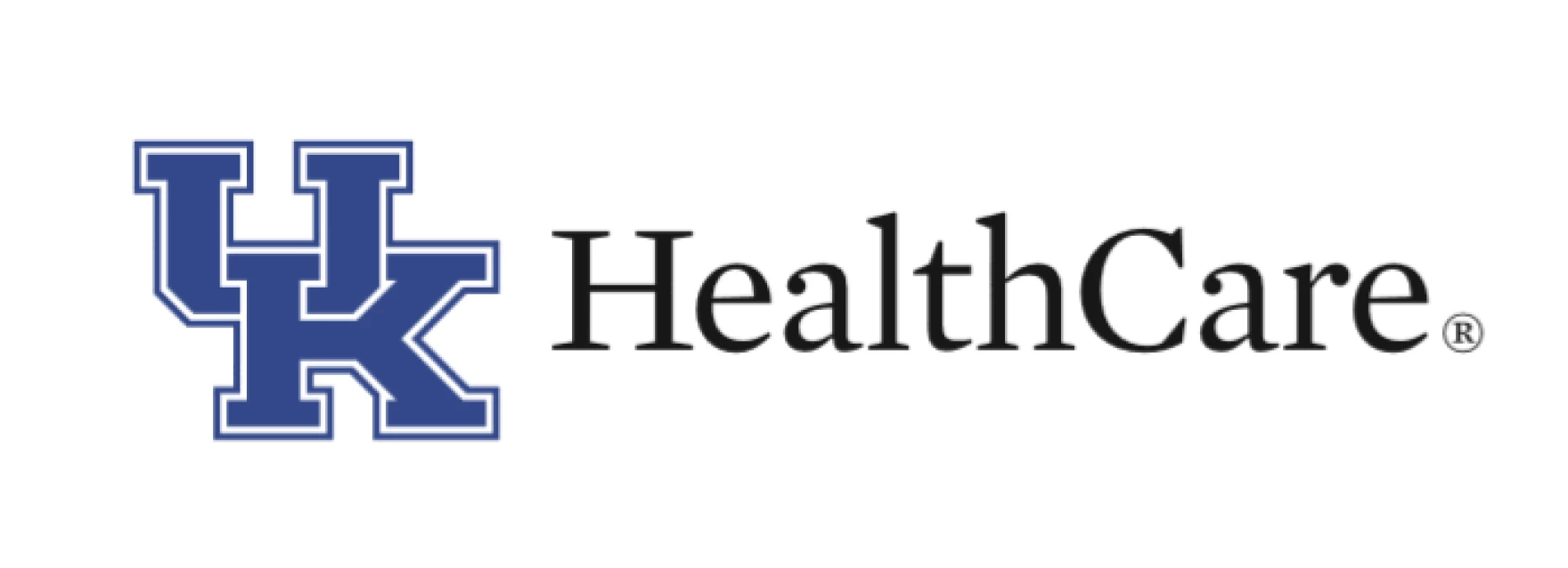Optimal CT
Beta blockers and other medications administered prior to cardiovascular surgery have been shown to reduce adverse outcomes for patients. Because of the documented benefits, the Society of Thoracic Surgery maintains a publicly available database of adherence rates across the country. Nationally, 94% of patients take their prescribed medications 24-hours prior to surgery, however, for University of Kentucky Healthcare patients, that number decreases to 78.3% across a 3-year period. Improving that percentage to be in line with the national average, due to its unknown influence on mortality, is a key focus of the institution. While examining process improvements, UK Healthcare found that most of their cardiac surgery patients are outside referrals, presenting additional challenges in communications prior to surgery.
Working with CAAI, UK is developing Optimal CT, a solution that uses virtual assistants and electronic messaging to help patients follow pre-surgical treatment plans and enhance patient engagement in the process. By breaking the patient’s journey into three key events (Outpatient Clinic Visit, Weeks and Days Prior to Surgery, Morning of Surgery), the team intends to virtually guide the patient through the treatment plan with greater success and hopes to improve Beta-blocker medication compliance to 89% within 12 months of the deployment of the solution.
At the core of the OptimalCT application, is the CAAI SmartState solution, which uses a technology called finite state machines to act as a personal virtual assistant for each patient, tracking, validating, and auditing patient progress through the three phases and prescribed per-surgical treatment plan. Text/email messaging, speech recognition, and natural language processing are coupled with the virtual assistant pushing reminders to the patient until a task is complete, automatically recording responses and updating the system to help ensure no deviation to the treatment plan.
OptimalCT is one of the many initiatives UK Healthcare is employing to improve the cardiac surgery process standardization and patient outcomes. Additional long-term objectives include developing a repeatable process and solution that could be applied to other common preoperative patient issues such as discontinuance of blood thinners, oral antibiotics administration, or wound site bathing.


